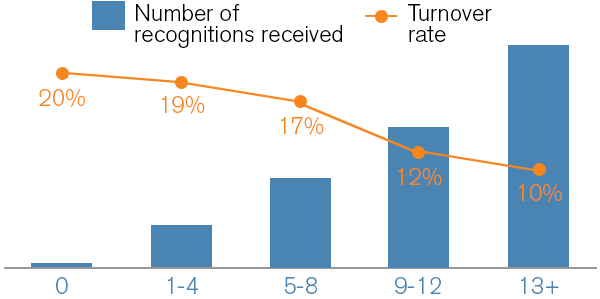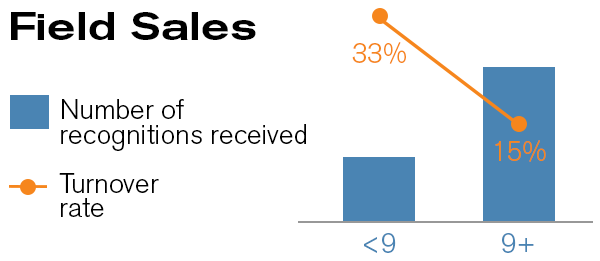Is your employee recognition reaching impact players?
Oct 04, 2019
Written by: Barry Danielson, VP of Decision Sciences, BI WORLDWIDE
(View Author Bio)

Fall is here. And with fall comes one of my favorite sports... football. As a former player and fan, I love the team environment and the focus on everyone doing their job in order for the team to be successful.
While the team wins or loses together, some roles on the team require specialists that have a more significant impact on the outcome. In football, significant impact comes from the quarterback. That’s why this group of ‘impact players’ tends to be the highest paid, typically gets the most recognition (i.e. MVP awards), and are most desired when it comes to who the team owners want to keep.
Who are your impact players?
In many companies, it’s their sales team. While a company can’t be successful without a full roster, the sales team is one group who can definitely have a dramatic impact on an organization’s success.
What are you doing to keep your impact players?
Research indicates that a strategic, best-in-class employee recognition program is a key element in overall employee engagement. But is there really any proven relationship between recognizing employees and employee turnover?
In working with a leading life sciences company, we conducted an analysis to identify the potential relationship between their best-in-class employee recognition program and attrition. In the case of this company, the field sales team represented 50% of their total employee base. Therefore, isolating this group in our analysis made perfect sense.
As shown in the graphic below, we see that as the number of recognitions received increases, the rate of turnover decreases. At the highest levels of recognition, the rate of turnover is half that of those with the lowest level of recognition.

A unique insight discovered for this BIW customer was the relationship between recognition and attrition for employees at different levels of tenure. The chart below shows employees with one to three years of tenure and low levels of recognition are at much higher risk of leaving the company.

These insights allow BIW to calculate the potential cost savings of reducing employee turnover, and make targeted recommendations for leveraging meaningful employee recognition to impact turnover.













